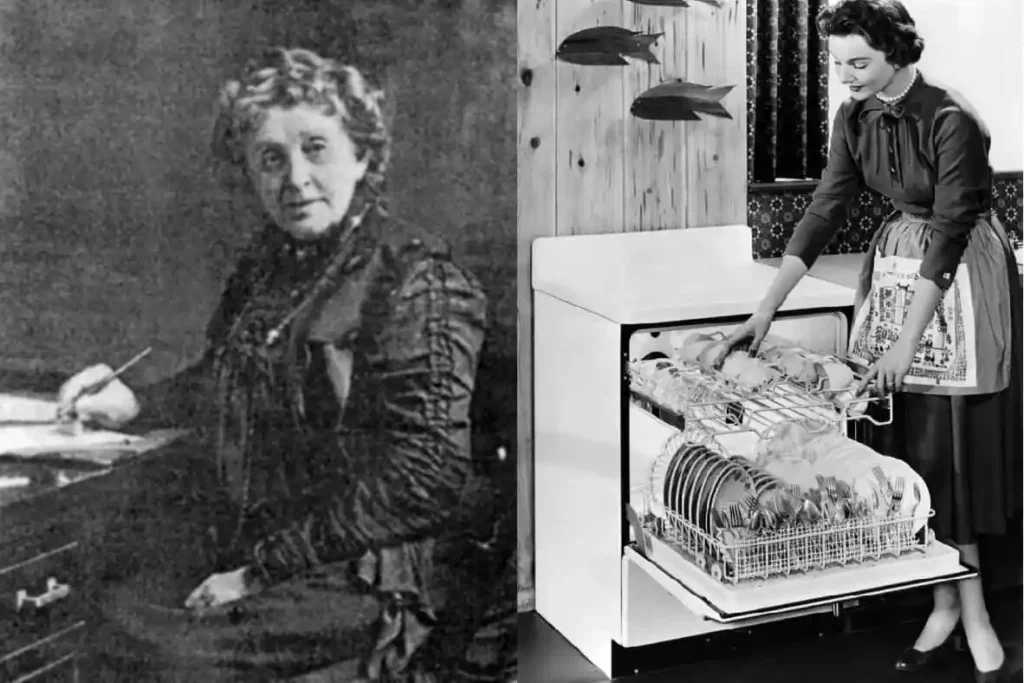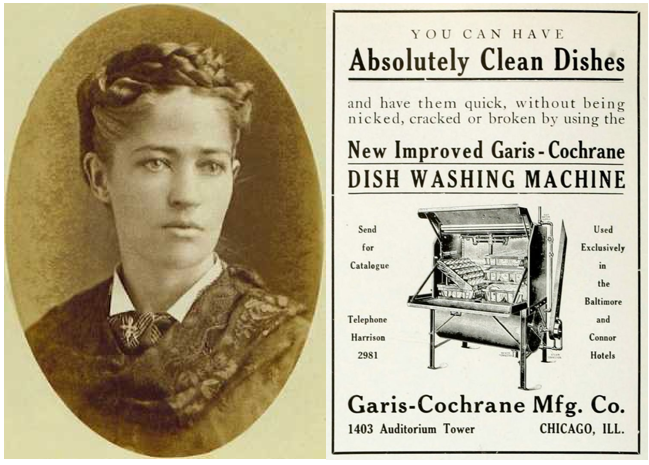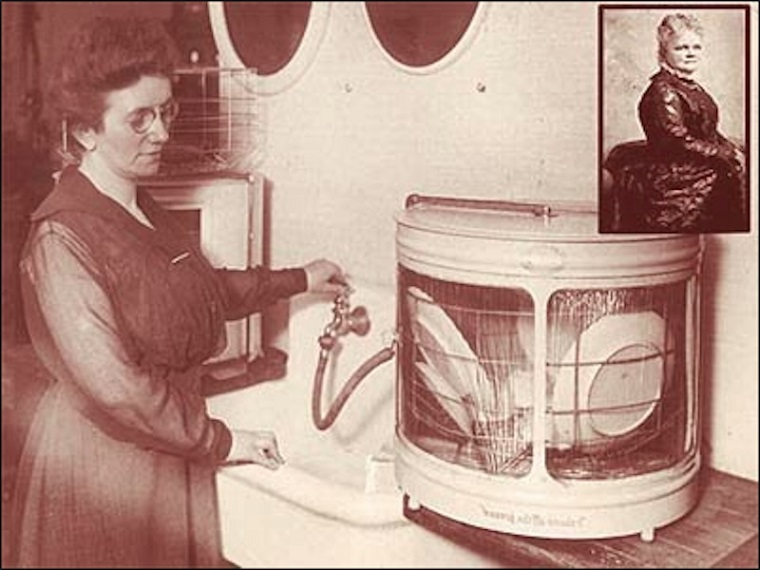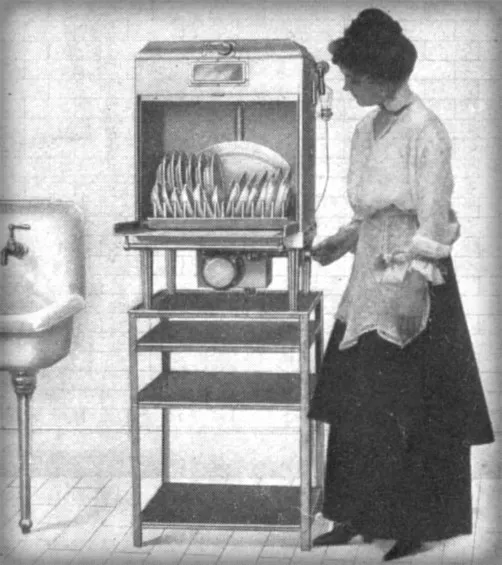In the late 19th century, women were expected to host dinners, manage households, and ensure spotless tableware. But for Josephine Cochrane, an affluent socialite in Shelbyville, Illinois, this traditional role came with an unexpected challenge keeping her heirloom china intact. After one too many plates came back chipped from the hands of household staff, Cochrane did something extraordinary. She didn’t just complain. She invented.
What began as a solution to a domestic annoyance became the foundation of the modern dishwasher. And Josephine Cochrane didn’t stop there. She patented her machine in 1886, refined its design, and showcased it at the 1893 World’s Fair in Chicago where it captured international attention. Her invention didn’t just change how we clean dishes; it redefined the possibilities for women in engineering, business, and everyday life.

A Machine That Was Ahead of Its Time
Before Cochrane, several attempts had been made to automate dishwashing, but they were either hand-cranked or inefficient. Her genius was in designing a machine that used water pressure, rather than scrubbing, to clean dishes. She developed custom wire racks tailored to fit different types of dishes plates, cups, and saucers which were placed inside a copper boiler. A motor pumped hot soapy water over them, followed by a rinse.
This was not just a mechanical achievement; it was a thoughtfully engineered solution. Cochrane understood both the technical and practical challenges of cleaning delicate dishware and she solved them with innovation that felt intuitive and elegant.

Patents, Prototypes, and Perseverance
After refining her prototype with the help of a mechanic, she applied for and was granted a U.S. patent in 1886. But Josephine Cochrane wasn’t content to stop at invention. At a time when women had little voice in business, she took the bold step of marketing and selling her machine herself.
Video:
The Machines That Built America: Josephine Cochran Invents the First Dishwashing Machine (Season 1)
Hotels and restaurants were her first customers. These businesses saw the dishwasher not as a luxury but as a labor-saving and hygienic tool. Her company, originally called the Garis-Cochran Manufacturing Company, began to build a solid reputation. Eventually, it was absorbed into the Hobart Manufacturing Company which would go on to launch the KitchenAid brand, now a staple in modern kitchens.
The World Takes Notice
Cochrane’s big break came at the 1893 World’s Columbian Exposition in Chicago. Her dishwasher was showcased alongside other technological wonders of the era, drawing attention from both domestic and international visitors. The public, especially restaurant and hotel owners, marveled at the machine’s efficiency.
Still, it would take decades before dishwashers became standard in homes. Early models were large, expensive, and relied on plumbing most homes did not yet have. But Cochrane’s vision laid the groundwork. Her invention planted a seed that would grow as technology and society evolved.

A Legacy That Still Shines in the Kitchen
Today, dishwashers are considered essential appliances in many homes around the world. From compact countertop units to smart dishwashers connected to home automation systems, the core principles Josephine Cochrane introduced still remain: custom racks, targeted water jets, and efficient cleaning without damage.
Video:
Handwashing dishes is the WORST!
She passed away in 1913, not fully witnessing the massive adoption of her invention in everyday households. But her impact is undeniable. Every time we load a dishwasher after a family dinner or holiday gathering, we’re benefiting from her vision from her determination to protect a few pieces of heirloom china to her refusal to accept that engineering was a man’s world.
More Than an Inventor A Pioneer
Josephine Cochrane wasn’t just a woman with a good idea. She was a trailblazer. In an age when women were expected to stay behind the scenes, she stepped onto the main stage. She navigated the male-dominated world of patents and manufacturing. She built a product, a company, and a legacy all from the heart of her kitchen.
Her story is a testament to what can happen when innovation meets purpose. She didn’t wait for someone else to fix the problem. She rolled up her sleeves and built a better way and in doing so, changed the rhythm of kitchens forever.



